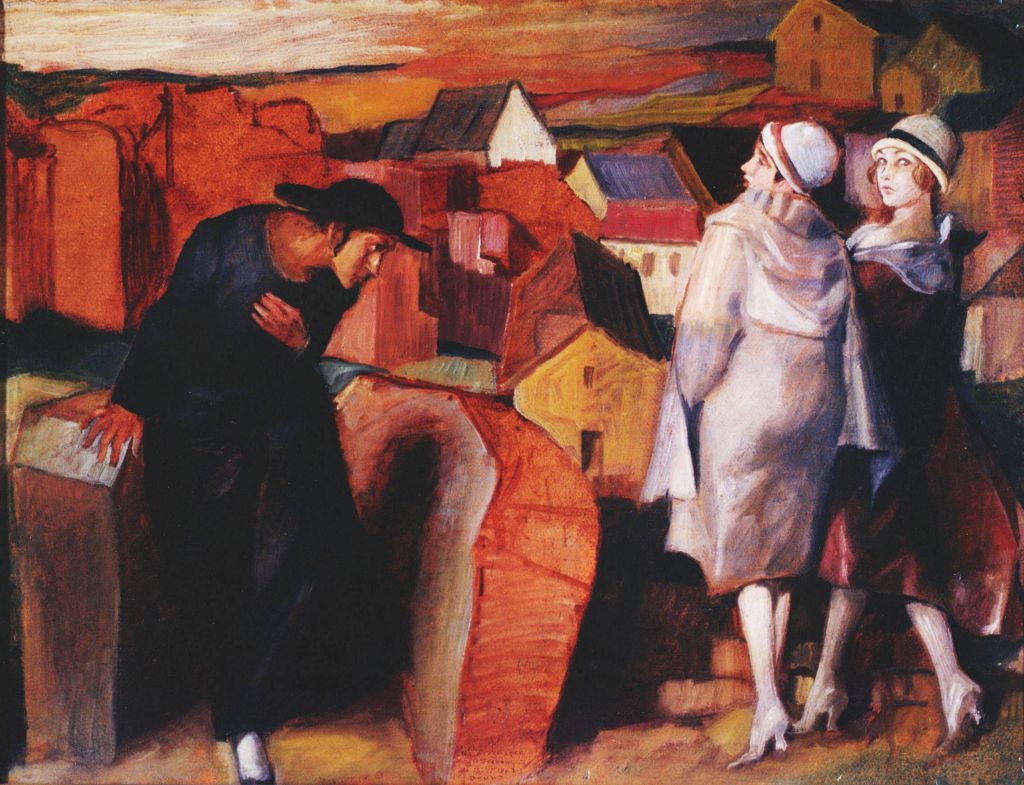Having the opportunity to experience the drawing, painting or literary works of Bruno Schulz, an artist from a town Drohobych (until 1939 in Poland, now in Ukraine), a reader will notice the essential role of Schulz’s hometown. He portrayed it willingly in paintings and graphics and also described vividly in his two collections of short stories Cinnamon Shops and Sanatorium Under the Sign of the Hourglass.
In fact, Schulz’s hometown was definitely different from a typical shtetl as it was a much larger, multicultural center before World War II. The writer himself did not identify the town and the heroes of his stories with real Drohobych prototypes. Sometimes, however, an attentive reader will find in Schulz’s stories places described with grace, charm and a sense of topography. Although the name of the town does not appear even once, it is impossible to resist the impression that Schulz refers to specific, real places from his native Drohobych, for example Podwale and Liszniańska Streets, the writer’s family house actually located at the Market Square or the pharmacy at Stryjska Street.
Simultaneously, in most of the artist’s drawings (as in the set of graphics The Book of Idolatry), the background for the characters’ activities are elements of the real world (including the characteristic tower of the town hall in Drohobych, the facades of local temples and the cubes of tenement houses located at the market square). In contrary to the fundamental invariability of Drohobych in Schulz’s stories, readers may observe a continuous process of changes of specific objects. Tenement houses (as in the story The Gale), like the phenomena of nature, seasons of the year, and time of day, behave like living organisms. The spatial order in Schulz’s stories seems to be a “mask” that can be replaced by another at any occasion. This rearrangement of the town space reveals the artistic idea of creating his Drohobych using the imagination in its wander. With the mysterious world created in the stories, Schulz invites readers to “shorten his path” in winter nights. The artist suggests in the set of short stories Cinnamon Shops that the atmosphere of the winter season enables the hero-wanderer to co-create the topography of the town. It turns out to be a well-known place, but also open to experiments that “multiply, tangle and exchange one street with another. In the depths of the town, readers may experience, so to speak, double, mendacious and deceptive streets. The enchanted and misguided imagination produces deceptive town grids, allegedly known for a long time, where the streets have their place and their names, and the night in its inexhaustible fertility has nothing better to do than to create new and imaginary configurations over and over again”.
Where do these double streets lead? Only brave readers of Bruno Schulz’s stories will find out. However, the writer’s true paths can be found primarily in his hometown – Drohobych …





